NO FEES UNTIL YOU WIN!
Get a Free Consultation
and Case Review

Often, especially in the winter months, people slip or trip on someone else’s property because of icy conditions, inadequate maintenance, poorly designed stairs, etc. If this is the case, then you may be entitled to compensation for personal injuries that you sustained.
Under the Occupiers’ Liability Act, if someone owns, manages, or maintains property in Ontario, they have a legal duty to take all reasonable steps to keep the people who use the property safe. When people fail to keep their property safe, they are putting you, and anyone else who is on the property, at risk.
Depending upon the intent or negligence of a responsible party, the injured party may be entitled to monetary compensation from that party through a settlement or a judgment.Aside from compensation for injuries, the injured person may get compensated for the lifetime effect of the injuries.

NO FEES UNTIL YOU WIN!
Get a Free Consultation
and Case Review
Slip and fall cases typically involve ice, water, uneven flooring, potholes, poor lighting, dangerous stairs, raised ledges, and failure to plow, salt, or sand a property.
If you have been injured in a slip or trip and fall accident, contact our office for more information on how to bring a claim. You may be entitled to compensation for pain and suffering, housekeeping, and income loss, amongst other things.
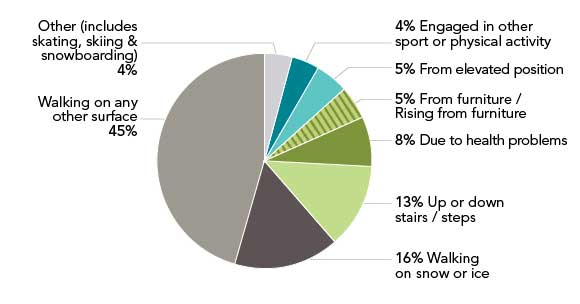
“In Ontario alone, 10 people died due to workplace falls in 2013. Each of these workers’ families lost a spouse, brother, sister, son, daughter or parent as a result of the fall. Other workers suffered critical injuries such as broken limbs and backs, cracked ribs and head injuries.”
*source credits: Public Health Agency of Canada and Stats Canada
An estimated 4.27 million Canadians aged 12 or older suffered an injury severe enough to limit their usual activities in 2009–2010. This represents 15% of the population, an increase from 13% in 2001.
Property owners in Ontario have an obligation to keep their properties safe by making sure the property is clear of any slipping or tripping hazards. In the winter, there is a high chance of slip and falls due to snow and ice accumulation.
This can happen outside of someone’s house, a store or public facilities, and in parking lots or on a sidewalk. Slip and falls can also occur indoors and can result from uneven carpets, damaged or wet floors, or staircases with poor lighting.
In the context of homeowners, they must keep the outside of their properties cleared of snow and ice so as to avoid potential slip and falls on their properties. If they fail to keep their properties clear they may be faced with a personal injury lawsuit down the road.
The same idea applies to grocery store owners and customers who enter their stores. The store owner and property management company have a duty to keep the store safe from all hazards, including anything that may cause slip/trip and falls.
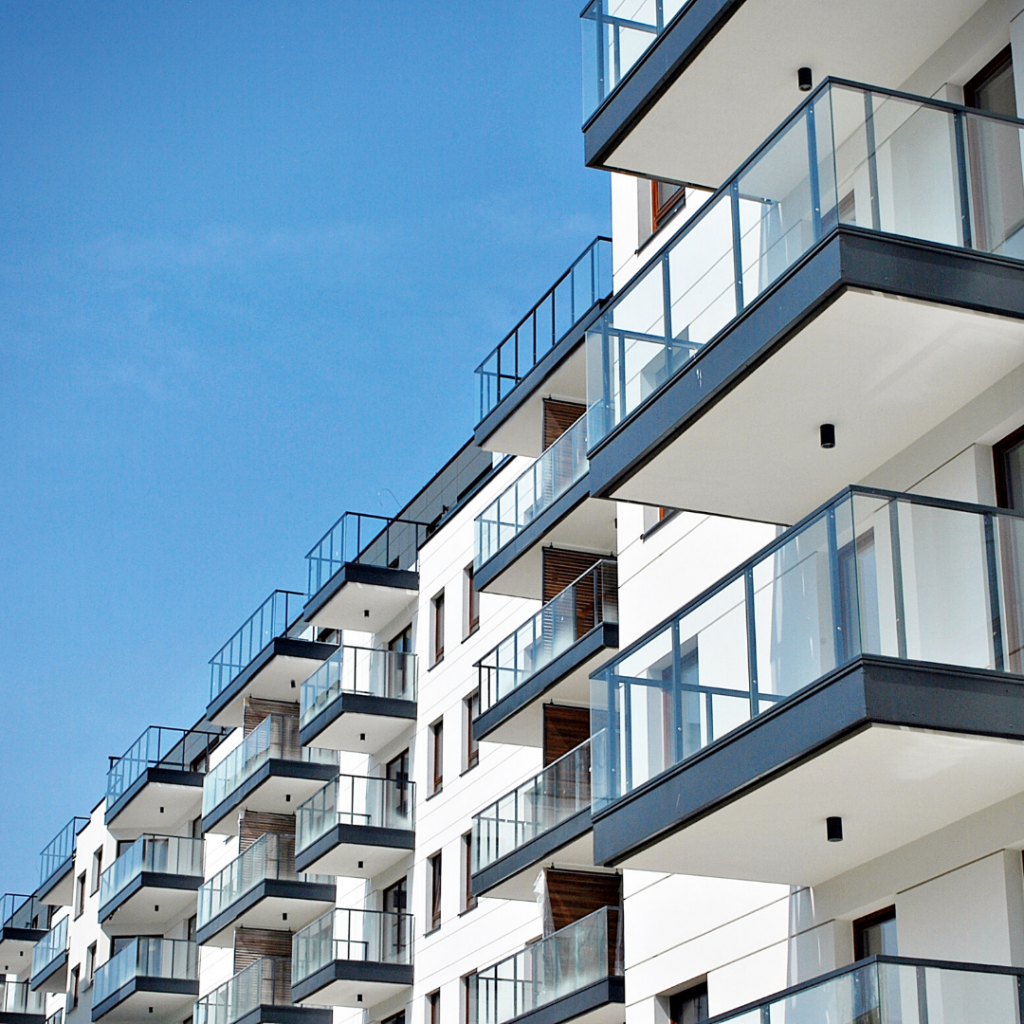
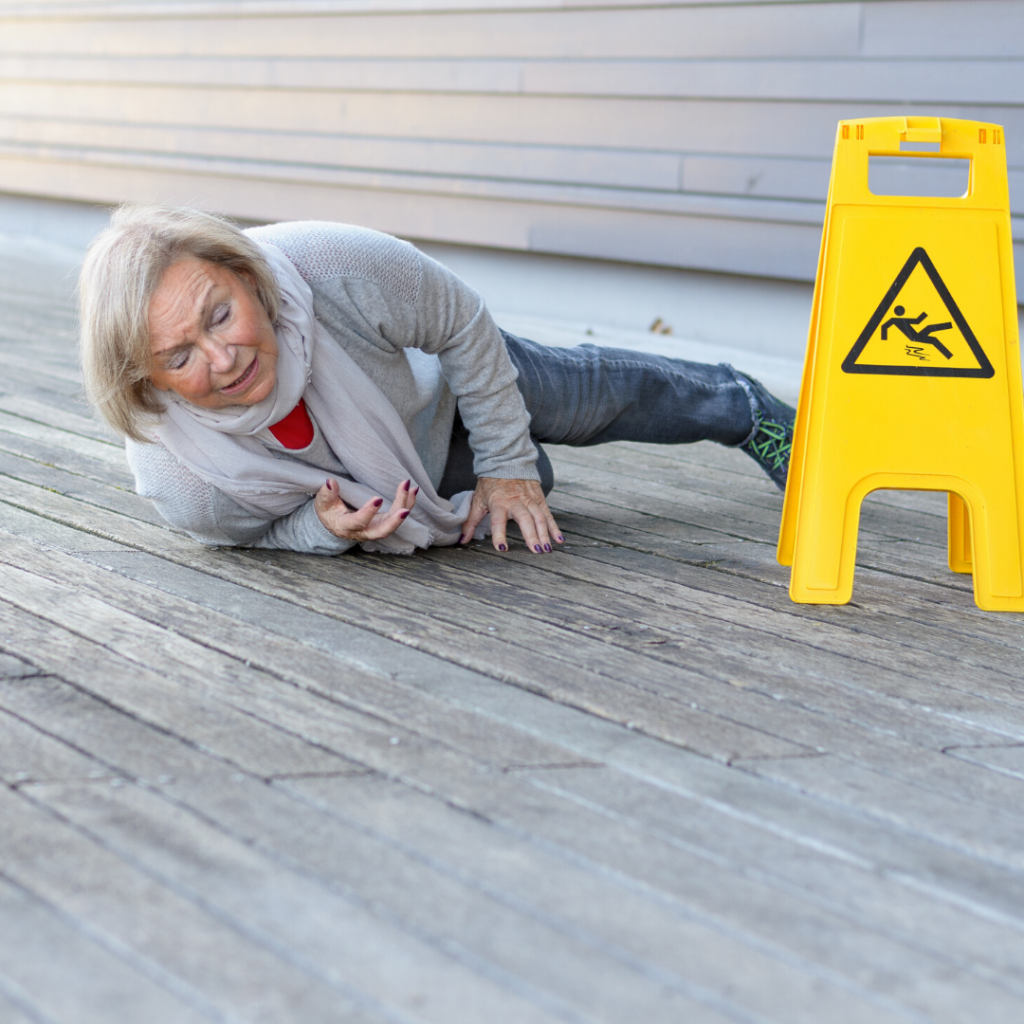
There are many potential situations where a property owner is negligent which could potentially lead to an injury and eventual lawsuit:
If you are injured in a slip or trip and fall please consider the following:
Keep all your receipts for out of pocket expenses that you incur as a result of your fall. You can claim this in your lawsuit so that you are reimbursed. Examples of out of pocket expenses include prescription expenses, ambulance bills, medical devices, etc.
It is important to put the property owner (the defendant) “on notice” after your fall.
To put them on notice, you should write to the owner in a letter or email, which should state:
It is important to put the defendant on notice right away. The day you put the property owner on notice is the day pre-judgment interest starts to accrue. This will add value to your claim. Prejudgment interest is additional compensation you can receive if your case is successful.
Also, keep in mind, if you slip and fall on a City-owned sidewalk, you have 10 days from the date of the fall to put the City on notice. If you fail to put the City on notice your claim will be an uphill battle. There is a risk that a court could throw out your case if the City is not put on notice within the required 10-day time limit.
To be safe, put the City on notice within 10 days. If you are unsure of whether you fell on City property put them on notice anyway. If it turns out you did not fall on City property then you can close your claim with them later on and pursue to correct property owner.
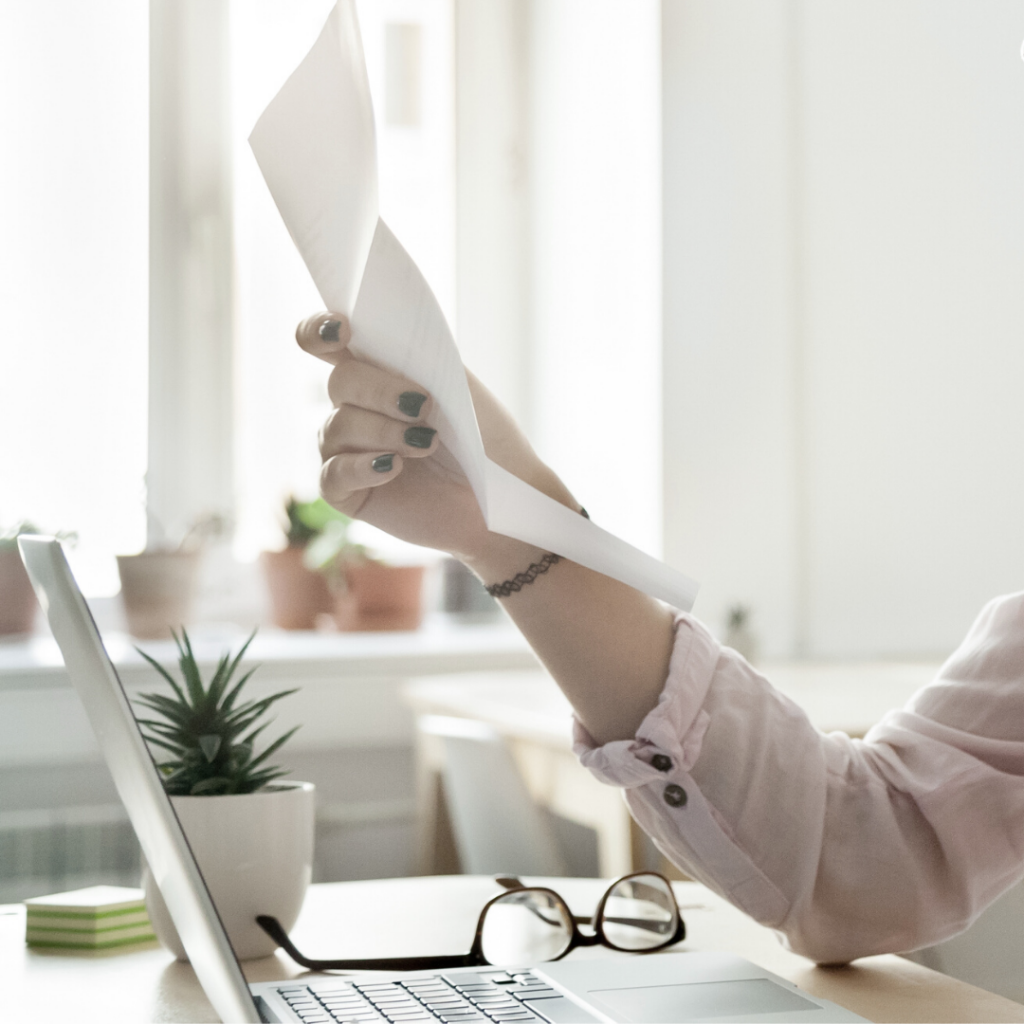
In Ontario, it is the law under the Occupiers’ Liability Act that governs slip/trip and falls. Under section 3(1) of the Act, “An occupier of premises owes a duty to take such care as in all the circumstances of the case is reasonable to see that persons entering on the premises, and the property brought on the premises by those persons are reasonably safe while on the premises.”
An occupier is an owner, tenant or another party who is in physical possession of a premises.
An occupier can include someone who has responsibility for and control over a premises and the activities that are allowed on the premises. Examples of non-owner occupiers include property management companies, a snow removal companies, a maintenance crews, security personnel, or construction companies.
When we commence a lawsuit after a slip and fall, the occupier (whether an property owner or another company with control over the premises) becomes the “Defendant”. As the party who starts the lawsuit, you are known as the “Plaintiff”.
If you decide that you want to bring a lawsuit for your personal injuries there are a number of steps that are generally followed. The following is a summary of what you can expect if you hire a firm such as ours and proceed with a lawsuit.
With our client’s help, we gather all the available facts concerning the claim, including interviewing and taking statements from witnesses. We sometimes hire investigators or experts to help us, so this step can involve disbursements, which are expenses we incur on your behalf to advise your legal claim.
We begin the lawsuit by preparing the necessary court documents and filing them in court. This means the court date-stamps all copies of the documents, keeping one copy for their official record. We then deliver filed copies to the Defendant(s). This step also involves disbursements such as court filing fees.
After we start a lawsuit, but before trial, we or the Defendant(s) sometimes need to ask the court to decide certain things. Going to court to ask for an order is called an interim application. These interim applications are usually about how the lawsuit should be handled. For example, we might ask the court to order that the Defendant(s) show us a particular letter or document that the Defendant(s) would rather not let us see.
After gathering the facts, either we or the Defendant(s) arrange an examination for discovery. At the examination for discovery, we question the Defendant(s) under oath about the accident. We also ask the Defendant(s) to show us what relevant documents the Defendant(s) has, and to tell us about all relevant documents he or she has ever owned or had access to. In return, the Defendant(s) also question our client about the accident and the injuries he or she suffered. We give the Defendant(s) copies of the documents we have that relate to the lawsuit, and our client describes all relevant documents he or she once had, or had access to.
Once we have a good idea of all the facts, we review the law. We then give our client our legal opinion about what the likely outcome of a trial would be, and how much money our client can expect to obtain.
When it is appropriate, we talk with the Defendant(s) to see if they will settle the claim. A settlement is an agreement between the parties to a lawsuit which sets out how they will resolve the claim. If the claim is settled, it does not go to trial.
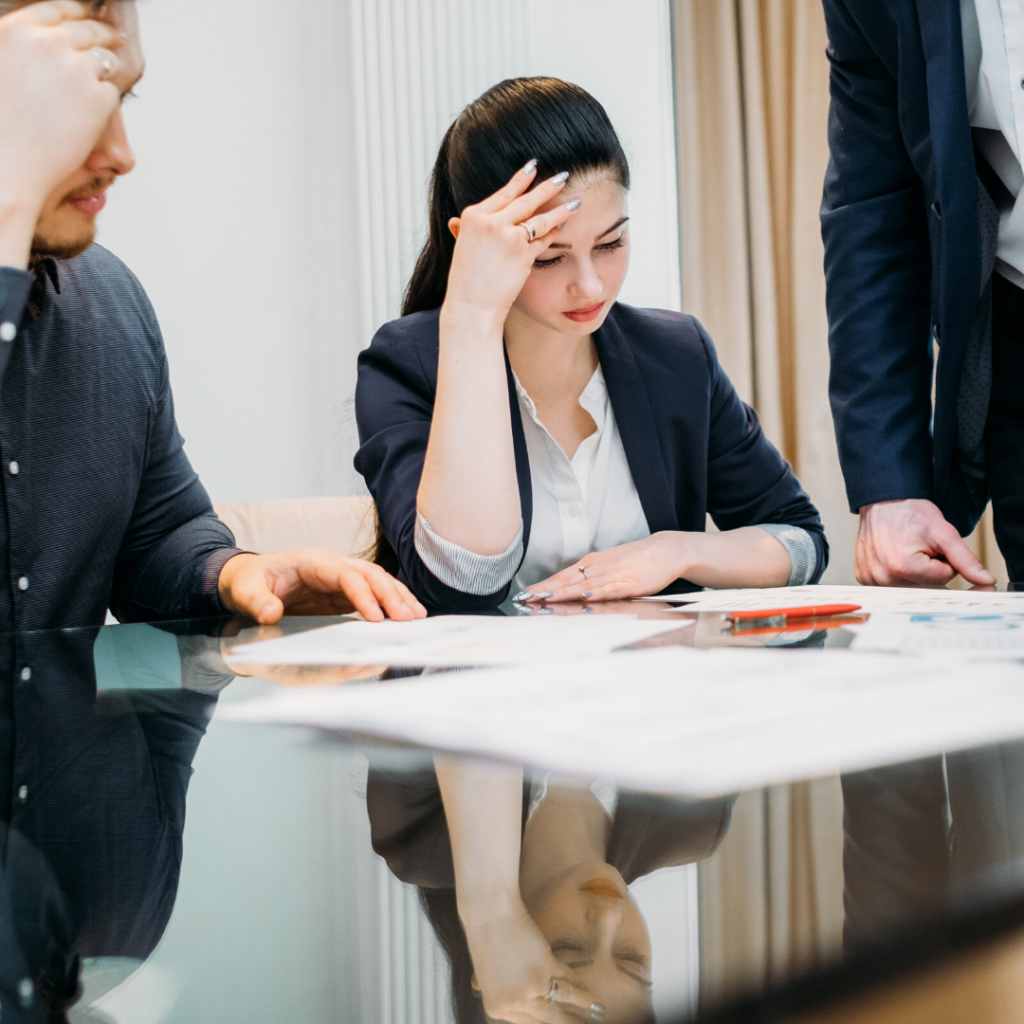
If a claim is not settled, it may go to trial. Preparing the case for trial includes putting together all the necessary documents, arranging for witnesses to attend, and preparing any legal opinions.
We act for our client at the trial. The trial may involve days or weeks of hearings, if not more. The judge or jury then decides the case, which could be a further few days, weeks, or months after the trial.
An injured person is entitled to sue for pain and suffering, income loss, housekeeping, future health care expenses and out of pocket expenses, to name a few. Family members can also bring claims under the Family Law Act if they have suffered as a result of their loved one’s injuries.
Keep in mind you have two years from the date of the accident to start your lawsuit. It may be helpful to consult with a personal injury lawyer before the two year mark so that the lawyer you eventually hire has enough time to prepare the case. Once the two year limitation mark has passed then you may be barred from pursuing your claim.
Book a Consultation Or Call (613) 695-4443
WE OFFER FREE CONSULTATIONS AND CASE REVIEWS

WE FOCUS EXCLUSIVELY ON PERSONAL INJURY CLAIMS

YOU ABSOLUTELY DON’T PAY ANY FEES UNTIL YOU WIN!